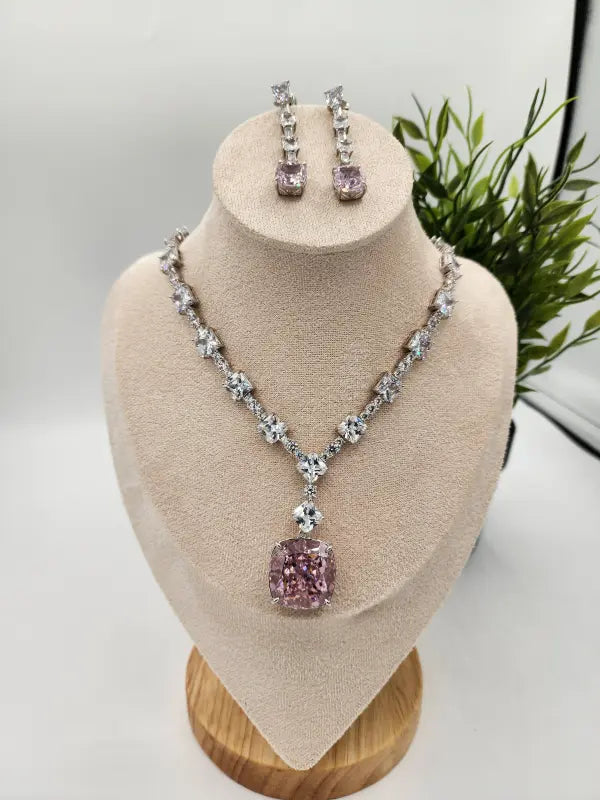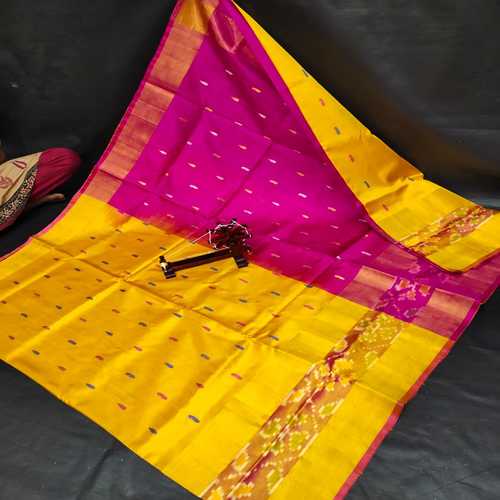Denied entry into temples due to discriminatory practices, the Devipujak community responded with creativity and resilience. They painted an image of the goddess on a piece of cloth, which they hung behind the temple, directing their worship toward it. This practice led to the creation of Mata-ni-Pachedis, which literally means "behind the goddess (temple)." This innovative solution allowed them to maintain their religious practices despite the oppressive social restrictions.
Mata-ni-Pachedi: A Textile Art Form with Deep Symbolism

Mata-ni-Pachedi is more than just a textile art form; it is a complex system of beliefs representing various gods and goddesses in human or animal form. Each division or panel in the artwork tells a story, often depicting deities with human desires, needs, and emotions. The art form serves as a medium to spread the stories of these supreme forces that control nature.
The Art of Creation: Techniques and Traditions

The creation of Mata-ni-Pachedi is a meticulous process. The Chitaras, or artisans, often begin with a freehand drawing, using blocks inherited from their ancestors to complete the artwork. These blocks represent different parts of the deity, such as the head, hands, and body, and are carefully placed together to form the entire image. Despite the modern advancements, many of these ancestral blocks are still in excellent working condition, a testament to the enduring nature of this art form.
The Nomadic Heritage: Epics and Temporary Shrines

For the nomadic tribes that utilized these hangings, Mata-ni-Pachedis served dual purposes. They depicted the epics of the mother goddess and formed a temporary shrine for her. Traditionally, these artworks feature an architectural rendering of a temple at their center, housing the main image of the mother goddess. For a nomadic community, this two-dimensional structural rendering, complete with details of condiments and properties, was an innovative alternative to a built shrine. It also served as an instructional tool for the community.
FAQs about Mata-ni-Pachedi
- What is Mata-ni-Pachedi? Mata-ni-Pachedi is a traditional textile art form from Gujarat, India, used by the Devipujak community for religious worship. It involves painting images of deities on cloth, which are then hung behind temples.
- How did Mata-ni-Pachedi originate? Mata-ni-Pachedi originated as a response to the Devipujak community's exclusion from temples. They created these painted textiles to worship their deities outside the temples, turning adversity into a unique art form.
- What are the key elements depicted in Mata-ni-Pachedi? Mata-ni-Pachedi typically features deities in human or animal forms, depicted with human desires, needs, and emotions. The artwork often includes a central architectural rendering of a temple and various narrative panels.
- Who creates Mata-ni-Pachedi? Mata-ni-Pachedi is created by artisans known as Chitaras. They use ancestral blocks to stamp different parts of the deities onto the cloth, combining them with freehand drawings to complete the artwork.
- Is Mata-ni-Pachedi still practiced today? Yes, the tradition of creating and worshipping Mata-ni-Pachedis continues today, preserving the cultural and religious heritage of the Devipujak community despite the abolition of discriminatory practices.




